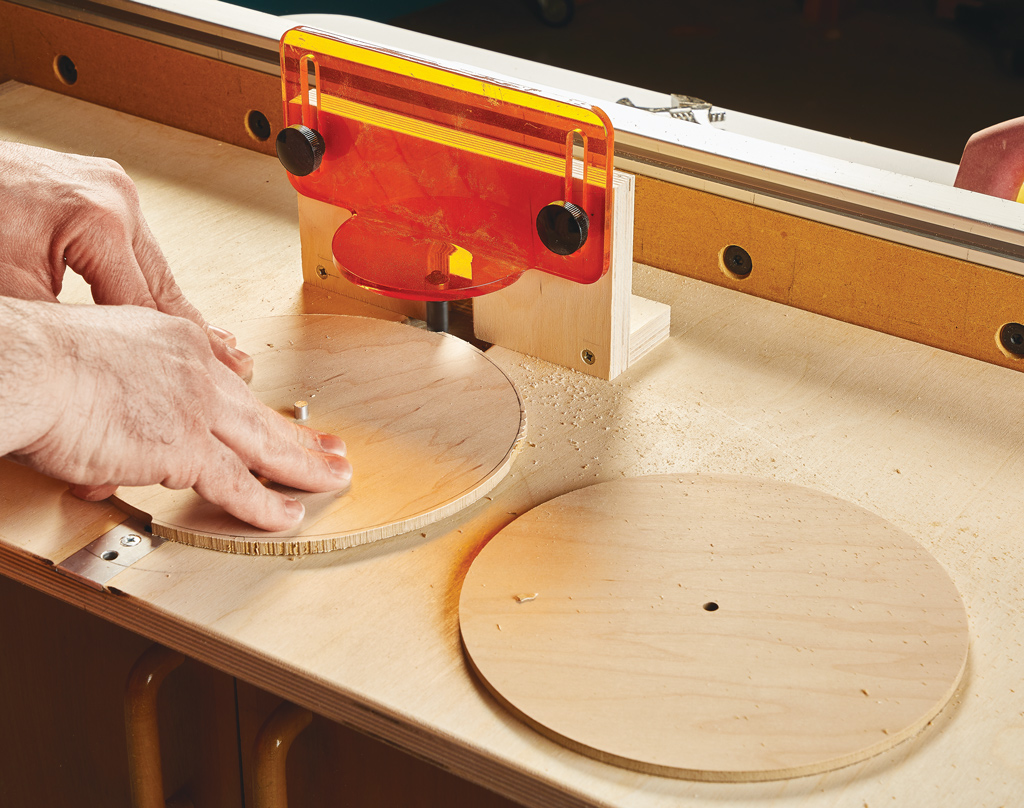Part of what makes a router such a useful tool is that with a small assortment of bits, you can do a wide variety of tasks. One way to help you get even more out of those bits is to add a simple accessory — a set of guide bushings. A guide bushing allows you to steer a bit with precision and control, so you’ll get consistent results time after time. Most woodworkers are somewhat familiar with guide bushings since they’re commonly used with half-blind dovetail jigs. But guide bushings are good for more than just half-blind dovetails.

When you get down to it, a guide bushing is nothing more than a metal collar that attaches to and extends below your router’s baseplate. The bushings come in a range of diameters and lengths. Some are designed for specific uses like sign-making jigs or creating inlay patterns. A guide bushing acts a lot like the bearing on a profile bit. The main difference is that since the bushing is located above the bit, you can make a cut anywhere on the workpiece. To do this, the bushing works in conjunction with a guide or template. The bushing follows along the edge of the template to control the bit as you make the cut. This lets you cut anything from perfectly straight lines to complex shapes. This is the basic idea. But there’s an important detail to be aware of to get the best results.

In Figure 1, you can see that the bushing isn’t fl ush with the outside edge of the bit. When you make the template and align it on your workpiece, you’ll need to account for this difference. For example, using a 5⁄8" O.D. bushing with a 1⁄4" straight bit, the offset is 3⁄16". For dadoes or grooves, this just means the template needs to be offset from the layout line 3⁄16".

If the cut you want to make includes curves, the offset affects how you lay out those curves on the template. The kind of adjustment you need to make depends on whether the curve is an inside or outside radius. To get a curve of the correct radius, you need to increase the radius for inside curves by the amount of the offset, as in Figure 2. On outside curves, the radius is reduced by the offset amount. This is illustrated in Figure 3. In my experience, dealing with the offset is probably the biggest obstacle when using a guide bushing. But as you can see, it’s really just a matter of careful layout. And after a few uses, it’ll be second nature.












